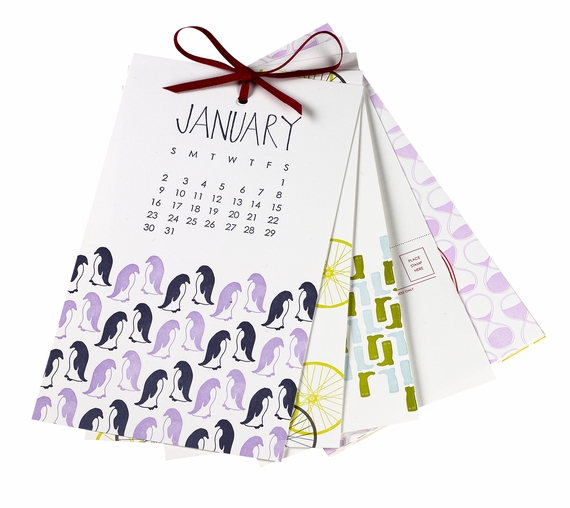For Teen Vogue, by Kirsten Thompson.
When you think of hygiene products for your period, your mind probably immediately jumps to pads and tampons. But if you've ever been concerned about the impact of these products on the environment, or you hate paying for them every month, or you're simply curious about other alternatives out there, then you should know about menstrual cups.
At first, the idea of inserting a cup into your body might sound, well, less than pleasant. But we asked Dr. Vanessa Cullins, MD, an obstetrician-gynecologist and vice president of external medical affairs at Planned Parenthood Federation of America, to shed some light on this not-as-often-used option, and dispel some of the myths.
Why might someone choose menstrual cups over pads or tampons?
All three of these items collect or absorb the menstrual flow, notes Dr. Cullins. "The choice about what to use is yours. Most menstrual cups are reusable, which means that with appropriate care and cleaning, you can use the same cup over and over again," she says. Some people like this because it's better for the environment and, over time, costs less than using disposable tampons and pads. In addition, menstrual cups can be worn overnight or for up to 12 hours (though can empty it as often as you want), she notes. They can also be worn in the water (like tampons), and may be more comfortable and less interfering with movement than pads.
And "unlike tampons, which can absorb vaginal fluid, irritate the vagina, and disturb the pH and bacterial balance in your vagina, menstrual cups maintain pH balance," Dr. Cullins adds. Plus, "there may be less of an odor with cups than with other products since the fluid doesn't get exposed to air as often as it does with pads and tampons."
Are all menstrual cups the same? How do I pick the right one for me?
There are different types of cups, some of which come in two sizes. But each cup comes with directions that explain the different size and the best way to use them, Dr. Cullins says. "In general, younger women (usually aged 30 or younger) and women who have never given birth vaginally are recommended the smaller cup," she says, though if you're using a small cup and heavy a menstrual flow or experience leakage, you amy want to consider a larger cup (as long as it's comfortable during insertion, and you don't feel it once it's inside your body). In addition, "some cups have small stems at the base of the cup that you can trim to a shorter length to make it more comfortable," she says.
Are menstrual cups uncomfortable?
Many people can't feel their cups at all once they're inserted, Dr. Cullins says, and it shouldn't be painful when you insert it, either (though it might take more practice to use than a tampon or pad). "It may take a couple of periods to get it right. You can wear a pad as a backup while you're learning to correctly place the cup," she suggests.
How do you use a menstrual cup?
Wash your hands and get into the position that's most comfortable for you. "Many women squat, put one leg up, or sit on the toilet with their knees apart," Dr. Cullins says. "To insert a cup, you usually fold or squeeze it so it's easier to put in your vagina. Follow the directions that came with your cup and practice when you are not bleeding to find the best way to put the cup in."
How do you know if you're using it correctly?
You'll know you're inserting it correctly and using the right sized cup "if you don't feel it in your vagina and when there is no leakage and the cup is only partially full when you remove it," Dr. Cullins says. "If the cup is very full and you have leakage, you probably just need to remove and empty the cup more often." Most women remove the cup, clean it, and then reinsert it every six to 12 hours. And note that you cannot use a tampon and a cup at the same time.
How do you remove a menstrual cup? (And can it get stuck?)
"Some menstrual cups have a "stem" that can be pulled for removal; others are removed by hooking a finger around the rim," Dr. Cullins explains. "Sometimes the menstrual cup causes a suction seal that makes it more difficult to remove. Try not to get nervous if this happens." If the cup has a stem, you can pull or rock the stem from side to side, then pull downward on the rim to remove it. Fortunately, menstrual cups cannot move to another part of your body -- "they are very large compared to the cervical entrance to the uterus," Dr. Cullins says -- so the cup will stay inside your vagina until you remove it.
What's the best way to clean a menstrual cup? And how the heck do you clean one discreetly when you're in a public bathroom?
Some menstrual cups can be emptied, washed, and then used again, while other cups are thrown away. But either way, you should empty or change your cup a few times a day, Dr. Cullins says. To remove and empty a menstrual cup, put your fingers in your vagina, then gently squeeze the cup and pull it out. Empty the menstrual fluid in a toilet, sink, or shower drain. Then, wash the cup with warm water and mild, unscented soap (or if you are in a situation that is not discreet or clean, just wipe the inside and the outside of the cup with toilet paper), and then put it back in.
"If you're out in public, you can bring a water bottle, feminine wipes, or hypoallergenic baby wipes to clean your cup while you're out," Dr. Cullins suggests. Always follow the cleaning directions that came with your cup, and don't douche or use vaginal deodorants with your cup -- this can lead to irritation or infection.
Worried about smells? "If you're worried about body odor, empty your cup more often," she adds. "If you are worried about cup odor, wash it well with a mild soap and water and if the instructions say the cup can be cleaned in boiling water, do that too."
Is it OK to have sex while using a menstrual cup?
"Some of the soft disposable menstrual cups (like Softcup) can be worn during sex, though you should check the instructions on any cup you use first," Dr. Cullins notes. "Remember, though, menstrual cups are not birth control, so if you're trying to prevent pregnancy, make sure you use the birth control method of your choice. If you use a diaphragm and spermicide, remove the cup and use your diaphragm (which will collect the blood) in preparation for, during, and after sex. Then go back to using the menstrual cup."
More from Teen Vogue:
10 Healthy Food Hacks That Don't Suck

